Pilates is a popular exercise method designed to improve flexibility, strength, and overall body awareness. One of the questions many newcomers and experienced practitioners ask is, “Do I need to wear shoes for Pilates?” The answer isn’t straightforward, as it varies based on several factors, including the type of Pilates workout, personal preference, and the studio’s guidelines. In this article, we will explore everything you need to know about footwear in Pilates, including pros and cons, expert opinions, and practical recommendations.
The Essence of Pilates: An Introduction
Developed by Joseph Pilates in the early 20th century, Pilates focuses on controlling and stabilizing the body through a series of low-impact exercises. While it can be practiced on a mat or using various Pilates equipment (like the reformer), understanding the footwear aspect is essential for optimal performance.
Footwear Options for Pilates
When it comes to footwear for Pilates, there are several options available. Let’s break down the primary choices:
1. Barefoot
Many Pilates practitioners prefer to go barefoot. This method allows for maximum grip and connection with the mat or reformer, enhancing balance and stability.
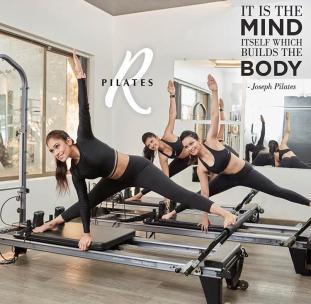
Pros of Going Barefoot
- Improved grip and stability.
- Enhanced sensory feedback from the floor.
- Greater freedom of movement.
Cons of Going Barefoot
- Not suitable for all environments (e.g., cold studios).
- People with foot issues may require additional support.
2. Pilates Socks
Specially designed Pilates socks often have grips on the bottom, providing traction without the bulk of shoes. They are a popular choice among many practitioners.
Pros of Pilates Socks
- Provides grip and traction.
- Keeps feet warm.
- Easy to put on and remove.
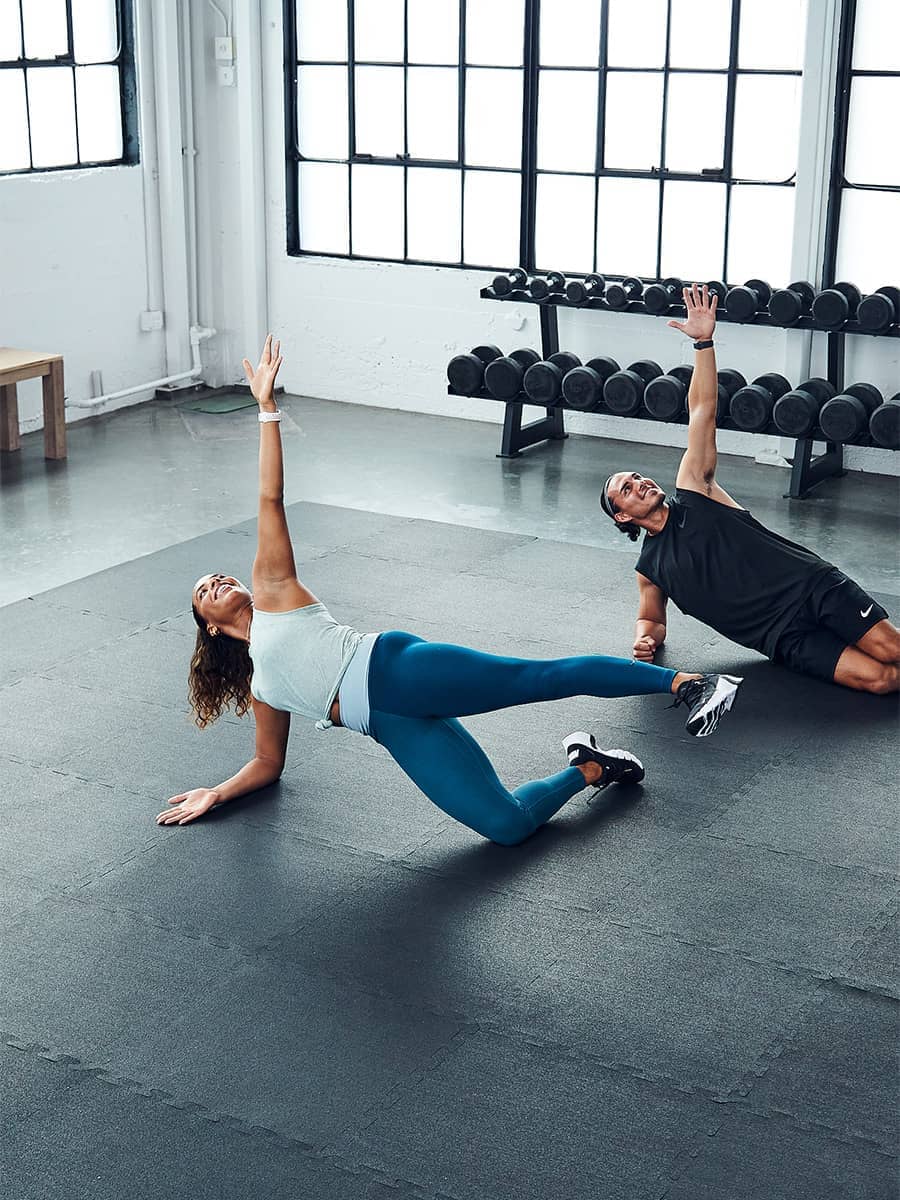
Cons of Pilates Socks
- May not offer enough support for individuals with foot problems.
- Can slip off if not fitted correctly.
3. Supportive Athletic Shoes
Some practitioners prefer to wear supportive athletic shoes, particularly in therapeutic or specialized classes. These shoes offer cushioning and support for various foot types.

Pros of Supportive Athletic Shoes
- Provides arch and ankle support.
- Can help prevent foot fatigue.
- Available in various styles for different foot needs.
Cons of Supportive Athletic Shoes
- Can reduce the feel of the mat or equipment.
- Bulky footwear can inhibit movement.
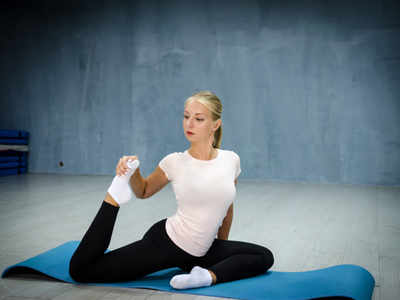
Choosing the Right Footwear: Factors to Consider
When deciding whether to wear shoes for Pilates, consider the following factors:
1. Class Type
The type of Pilates class can significantly influence your footwear choice. For example, mat Pilates may allow for more freedom in footwear options, while reformer Pilates might benefit from the grip provided by specialized sneakers or socks.
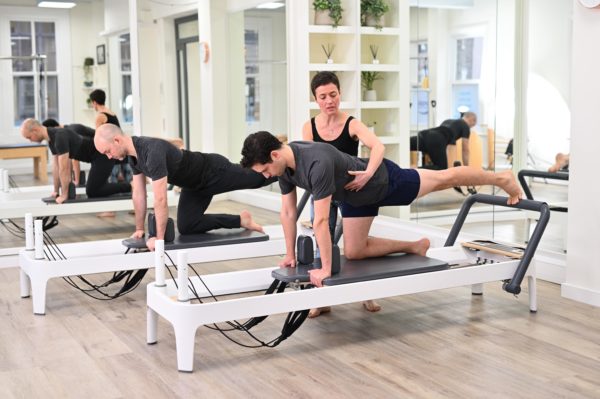
2. Personal Comfort
Comfort is key when practicing any exercise. If you feel more secure and motivated wearing shoes, then opt for that choice. However, if you thrive barefoot, embrace that!
3. Studio Environment
Consider the studio’s policies regarding footwear. Some studios have specific rules, particularly regarding hygiene and safety, which can influence your choice.
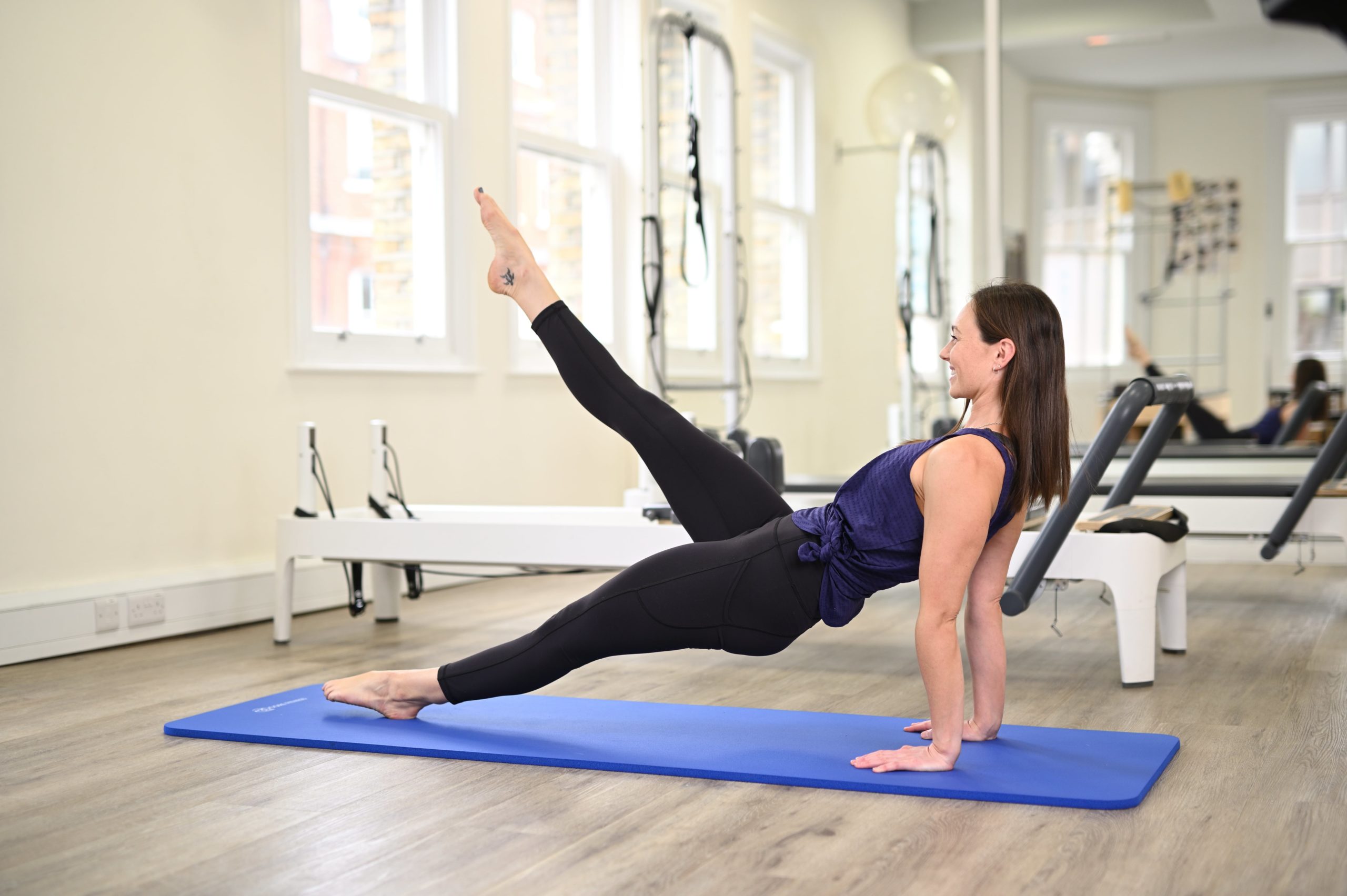
Comparing Footwear Options for Pilates
| Footwear Option | Pros | Cons |
|---|---|---|
| Barefoot | Improved grip, enhanced connection | Not suitable for all environments |
| Pilates Socks | Good grip, warm | May not provide adequate support |
| Supportive Athletic Shoes | Provides support, reduces fatigue | Can inhibit movement, bulky |
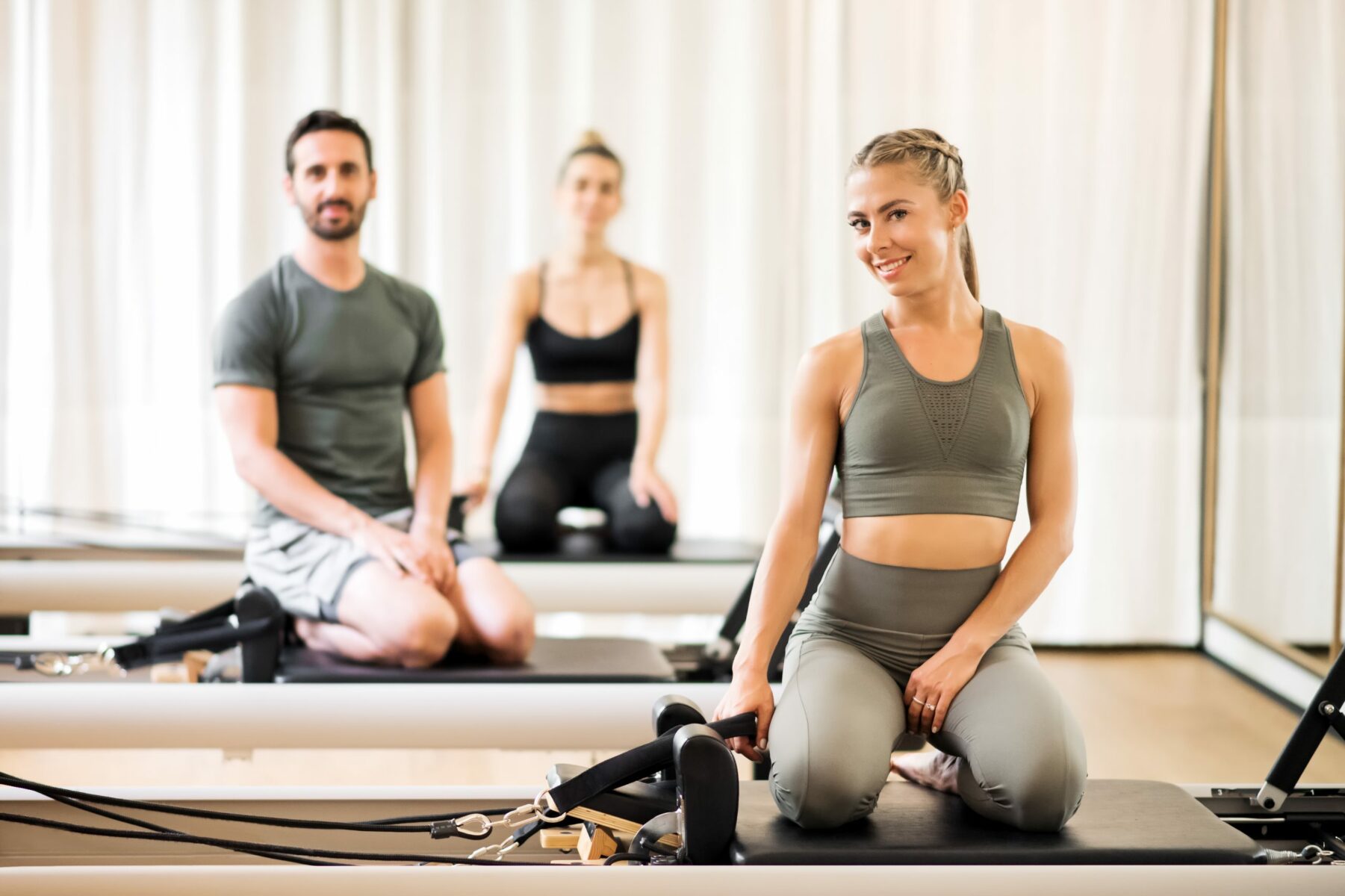
Expert Opinions on Footwear for Pilates
Expert health and fitness professionals have varied opinions on footwear in Pilates. According to the American Council on Exercise, going barefoot or using specialized socks can promote better movement patterns and enhance proprioception (the body’s ability to sense its position in space). On the other hand, podiatrists recommend shoes for individuals with specific foot conditions to provide the necessary support.
Whether opting for shoes or not, the key takeaway is understanding your own body and its needs.

Local Cultural Perspectives on Pilates Footwear
In the U.S. fitness scene, especially in cities like New York and Los Angeles, Pilates has become an integral part of healthy living. Many studios offer classes that specify footwear choices, often leaning towards the bare feet or specialized socks trend. Cultural influences from coastal cities may emphasize minimalistic footwear, while other regions might advocate for supportive options due to varying climate conditions.
Midwest Perspective
In more temperate states like Michigan or Ohio, where winters can be harsh, many practitioners lean towards socks and supportive shoes to keep their feet warm during Pilates sessions.
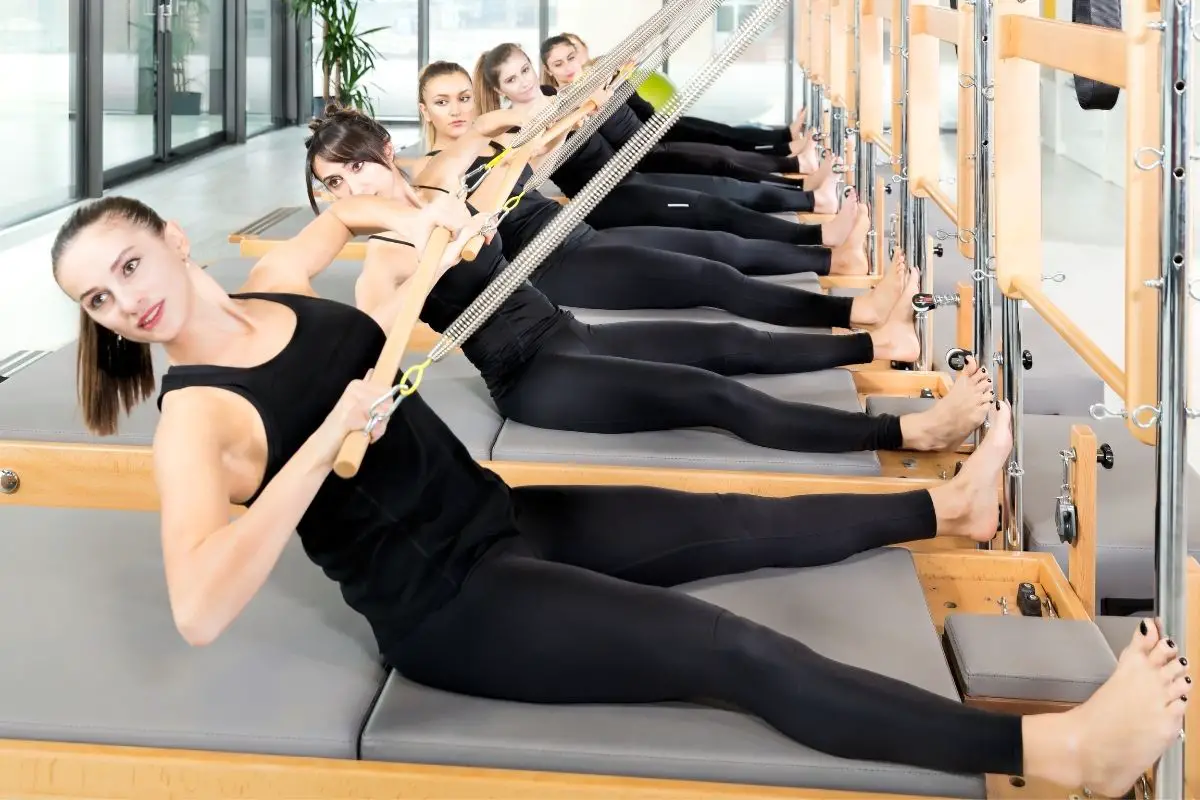
West Coast Perspective
On the West Coast, where fitness culture is often aligned with trends, you’ll find many studios encouraging barefoot workouts or the use of grip socks as a norm.
Tips for Practicing Pilates without Shoes
- Focus on maintaining a good grip with your feet.
- Engage your core for stability.
- Ensure your Pilates mat is clean to practice barefoot safely.
Frequently Asked Questions (FAQs)
1. Should I wear shoes for Pilates if I have flat feet?
If you have flat feet, supportive athletic shoes may be beneficial. It’s essential to ensure comfort and support to prevent any potential injuries.
2. Are Pilates socks necessary?
While not necessary, Pilates socks provide excellent grip, especially on a reformer, and can help maintain hygiene in shared spaces.
3. Can I practice Pilates on carpet without shoes?
Yes, practicing Pilates on carpet is possible without shoes, but ensure you have enough grip to prevent slipping.
4. Does wearing shoes affect my balance in Pilates?
Yes, wearing shoes can impact balance as they may obstruct the sensory feedback that barefoot practice provides.
Conclusion
Ultimately, the question of whether to wear shoes for Pilates boils down to personal preference, comfort, and the specific environment in which you practice. Whether you choose to go barefoot, wear grip socks, or supportive shoes, ensure that your choice aligns with your body’s needs and the type of Pilates you’re practicing. Listen to your body and make informed decisions for your practice.
References
American Council on Exercise – Resources on Pilates and health.
National Center for Biotechnology Information – Health studies on Pilates.